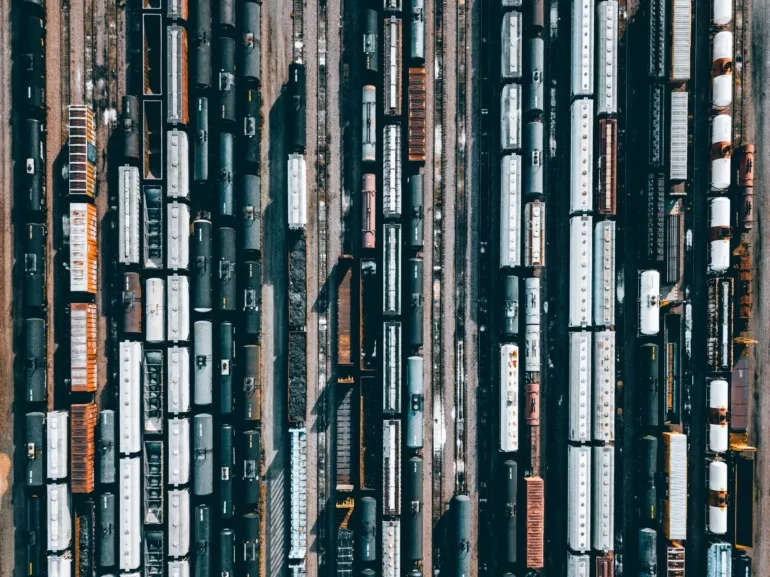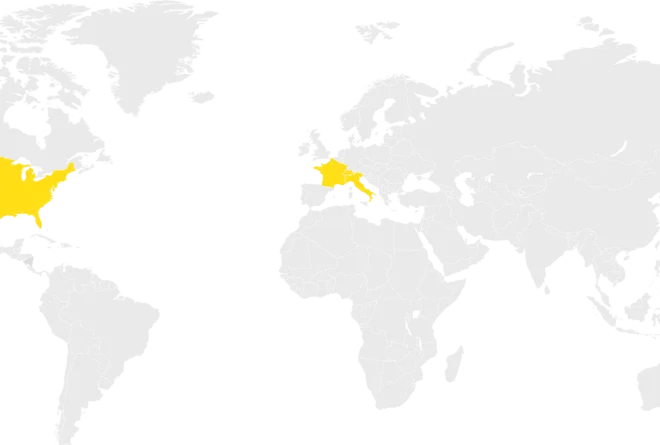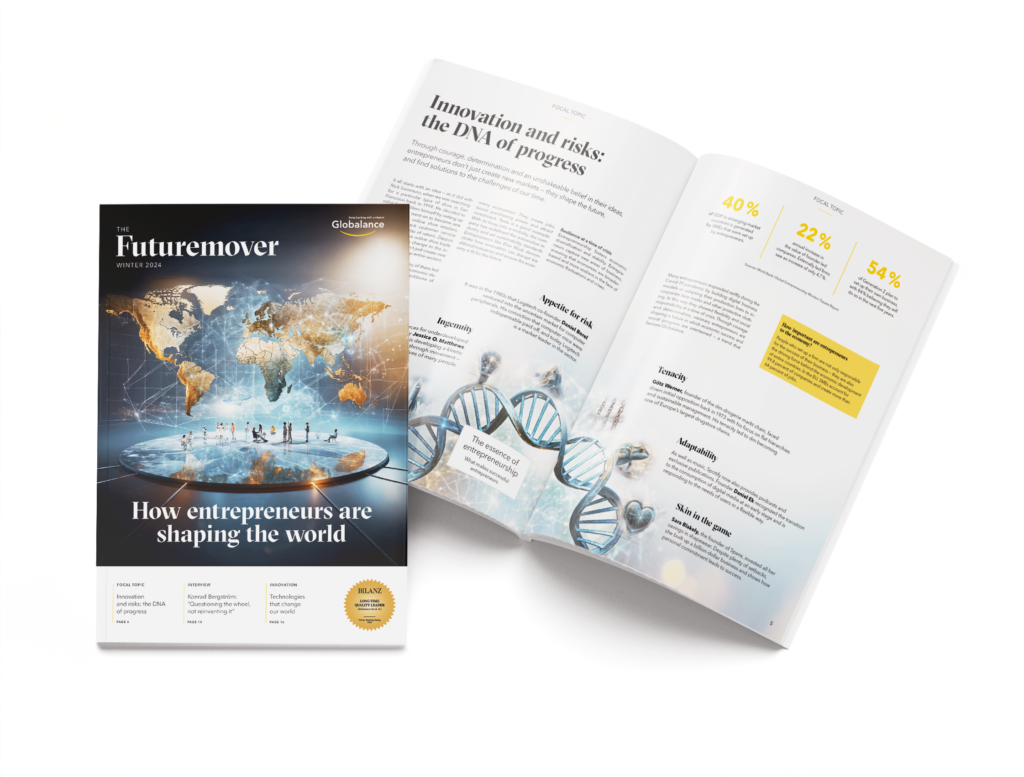News & Trends
Sustainable Mobility: An action plan brings together transport and energy transformations

The megatrends of urbanisation, digitalisation and global warming crystallise in the two “turnarounds” for transport and energy. This paper presents simply and concretely how both a mobility- and an energy turnaround in transport can be achieved.
«A comprehensive climate protection policy in transport must follow three principles above all: effectiveness, efficiency and social balance.»
Christian Hochfeld, Director Agora
What is it about
There is a lot of talk about the necessary transport and energy turnarounds. This excellently compiled policy paper by the German think tank Agora informatively presents an action plan for the new federal government in Berlin (German only).
The paper presents simply and concretely how both a mobility and an energy turnaround in transport can be achieved: The mobility turnaround ensures that the final energy consumption of the transport sector decreases without restricting mobility by expanding the transport offer and facilitating multimodal transport behaviour. The energy transition in transport, on the other hand, ensures that the remaining final energy demand of motorised transport is covered with climate-neutral drive energies and that these energies are used efficiently and sparingly.
Four levers in particular are decisive here:
Transport activities: Transport users and economic actors should be encouraged to make their mobility behaviour more sustainable. This concerns decisions on how much and where to drive or transport (activity level) as well as the choice of means of transport.
Innovations (supply): Both the vehicle fleet and the energy supply must be converted to climate protection technologies. Suppliers and producers must develop appropriate innovations and offers for this.
Fleet modernisation (demand): The purchase decision plays an important role in the climate-friendly modernisation of the vehicle fleet. Therefore, policy instruments are needed that favour the sale of low-emission vehicles and their accessories and force CO2-intensive technologies out of the market.
Infrastructures: More sustainable modes of transport and technologies partly need new infrastructures. This applies to both transport infrastructure and energy supply, but also to digitalisation. For the planning and provision as well as for the The state is usually responsible for planning and provision as well as for the associated regulation.
Why is this important
For 30 years, Germany has failed to reduce greenhouse gas emissions in the transport sector. Emissions have remained virtually unchanged since 1990 at around 160 million tonnes of CO2 equivalents per year. Now it is to be reduced to zero in the next 25 years or so. Obviously, climate policy in the transport sector must change radically.
What is needed in Germany – as a representative of all other countries – is a comprehensive strategy for the transport sector. In this context, it will not be sufficient, as in the past, to only adapt or newly adopt individual policy instruments more or less ambitiously and independently of others. What is needed is a holistic understanding of which instruments are required as part of a coherent and consistent overall concept in order to achieve the climate protection goals in the transport sector.
The Globalance View
The megatrends of urbanisation, digitalisation and global warming crystallise in the two “turnarounds” for transport and energy.
Anyone who wants to successfully anticipate how policy-makers in the EU, Germany and elsewhere are planning will find important clues in this condensed report. It becomes clear that governments will steer with stricter rules. Harmful mobility will become expensive.
Providers in the field of digitalisation, electromobility, public transport as well as service providers for higher-level areas such as urban, regional and spatial planning can count with corresponding growth in demand.
Find out more about our vision and how your investments can help shape the future.



